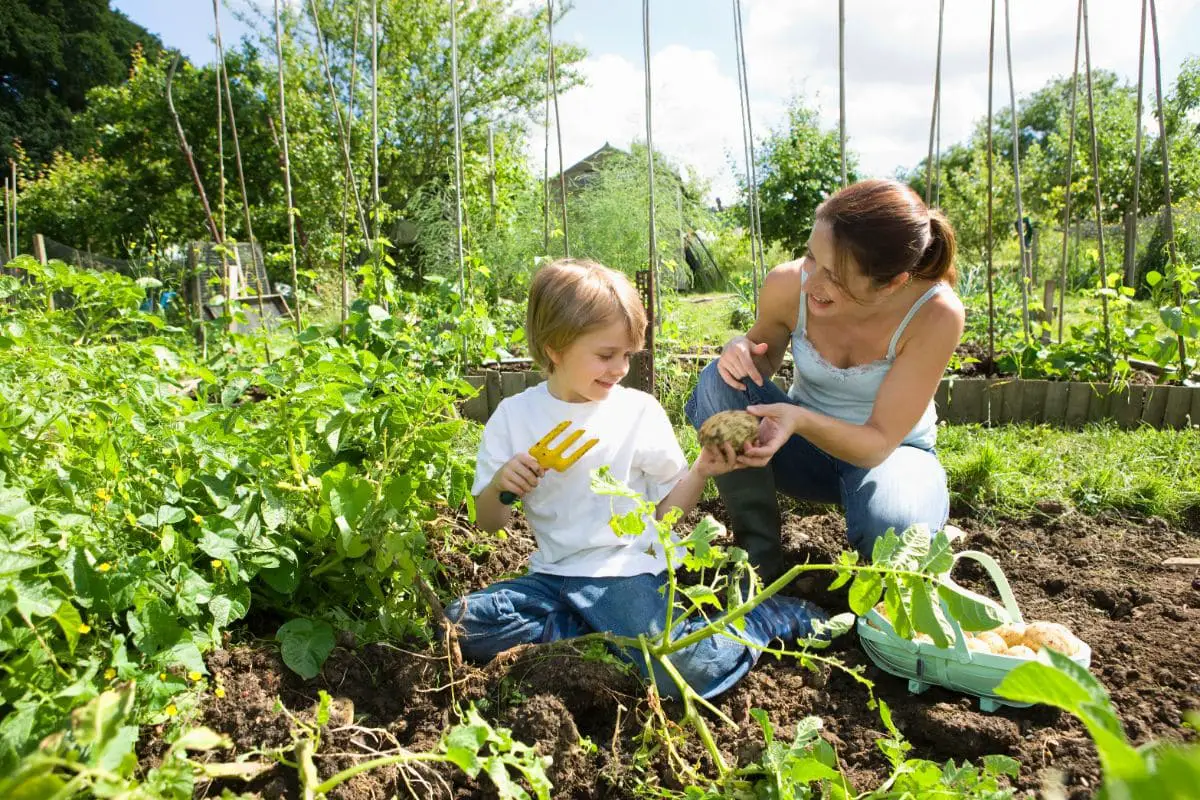“I’ve told you a million times!”
“Why don’t you listen to me!”
“Stop doing that right this instant!”
Does any of this ring a bell? If you’re anything like me, you’ve been on the receiving end, or the giving end of yelling. Let’s face it, the high emotion in yelling, the tremendous energy and the conviction all make yelling a seemingly pretty effective way of dealing with unruly children. But what are the consequences of yelling? In this article, we’ll explore the full picture of yelling and what it creates.
Yelled at Children become Yelling Adults
Environment Conditions Children
Your focus will determine your attitude towards all things. That means, the place where you spend the most time and the people you spend the most time with play pivotal roles in your life. Hang out with winners and you’ll tend towards becoming a winner. Hang out with drug dealers and you’ll probably become one.

With your children, know that the environment you’re creating for them is conditioning. Your actions are conditioning them. What kind of future is your home environment setting them up for? And the yelling that you do, what is it teaching them?
Yelling Inhibits Kids from learning a lesson and to further experiment
Universally, there are only a few reactions to yelling. The first is shutdown from children. The second is retaliation. Most kids will shut down in the face of authority.
You may think that your yelling has taught them a lesson. And yes, maybe it has. Probably they will stop immediately the bad behaviour they were doing. This is a short-term effect. But the actual lesson may be something you won’t like.
Something like, “Okay, I shouldn’t hit people when they walk all over me, because I get yelled at.”
Or, “I was curious about how electricity works. I got yelled at for playing with the hairdryer. I shouldn’t be curious anymore.”
Yes, these are extreme examples, but yelling transfers immense amounts of energy and causes a lot of emotion. When your emotion is high, you transfer a great deal of emotion to your children. At this moment, they could form some disastrous long-term beliefs that you may never know about.
Behaviours are Modelled – Especially if they worked!
Yelling works. I’m sure you can think back to a time when someone yelled at you and you got the lesson. Children learn by watching us, and when you yell and get the result you’re looking for, they pick that up as a successful tool to use in their own lives. The only problem with this is that you have more life experience to draw on. You know about yelling’s short-term and long-term effects. Do they?
Understanding your own emotions – What’s the cause of the yelling
Yelling can be very useful when it is used in the right context. Inspiring, rousing speeches at sports games with a few yelling sentences to change the tone, getting your child to stop as they’re about to cross a busy intersection without noticing, etc. There are many great uses for yelling, but you need to know when and where to use it. Imagine using a chainsaw to cut a slice of cheese. Yes, it’s a ridiculous idea, but how many parents are using the chainsaw of yelling in 80% of their communication with their children? To build your awareness around why you yell, ask yourself the following questions when the yelling moment arrives:
- What triggered you to yell?
- How much energy do you waste in yelling?
- What did your child do?
- What expectations were you thinking but not voicing?
- Why did their behaviour impact you to this degree?
- How can you get them to take responsibility for what they did, without using all YOUR energy yelling?

Emotions create motion. If you gain awareness over your emotions, then control them, you can change the amount of yelling you do.
Set up Rules and Consequences – This cuts out 80% of the yelling
Do your children know the rules?

You know the rules of the house because you created them! But do your children? Have you sat down with them and explained why you have the rules in place? This conversation may take twenty minutes, but it could save a whole lot of pain, frustration and upset in the future. Always have this conversation in a calm moment, when everyone is receptive and listening.
Have your children agreed to these rules?
Now, you may be thinking, “It’s my house. My rules. I make them and they follow!” And yes, you’re right, you make the rules and they should follow them. But have you ever worked in a company where you were told what to do? A company where you weren’t given a choice? How did you feel about that?
When you’re asking your children if they agree to the rules of the house, you’re not empowering them to change the rules. You are empowering them to take responsibility and make a decision.
Are they aware of the consequences of breaking these rules?
As part of your discussion, ask your children what would be a fitting consequence for breaking these rules. Get their buy-in on a few consequences that you both feel would be beneficial. One day, when they break one of the rules, they’ll know it. And they’ll know the consequences. Because they were involved in their creation! Your role will be such that you’re going to enforce consequences. This saves a lot of yelling time.
The one hundred strike method
Patience is the key to being a great parent. In baseball, there’s a 3 strike system. After the third strike, most parents will begin to yell. I prefer to use a 100 strike system. The key is to call them on the rules that they’ve broken, the way an umpire calls the strikes, without resorting to the yelling. This gives them a chance to see when they’ve crossed the line, and make a decision about how they’re going to learn from the mistakes that they’ve made. The calmer you can remain in a moment where your children have misbehaved, the more logical you will be able to think. This will give them the space to think clearly about what they’ve done.

Explain rather than yell whenever possible
Children are thinking creatures and instead of telling them what to do or what not to do explain patiently the reason for doing certain things. Repetition is the mother of all skills. Rather than giving her orders in an authoritative, loud way which is yelling, explain why they should act in a certain way. Explain also the consequences of not acting that way. If that means you need to patiently explain it a hundred times, then do it. Studies show that actually children love repetition and it’s a major part of learning.
Are there one set of rules for everyone in the house?
Nobody likes double-standards. When you have one set of rules in your home, and everyone in the house lives by them, you have cohesion. Remember, children are masterful observers. They will buck a system that appears one-sided, or unfair. And then you will probably yell.
Remember that phrase, “Do as I say, not as I do”? You may have grown up in a home where this was a staple part of your family discussions. How did it work for you? Did you feel irritated when your parents/teachers/whoever said this to you? Did you go along with it? Children want answers. They’re curious. When a person’s behaviours and their words don’t add up, children will ask for clarity. Kids don’t understand social “niceties”. They want things to make sense. Double-standards defeat sense. One set of rules…for everybody is the way to go.
Modern companies as an example for modern families
Excessive yelling creates a vertical hierarchy. The idea of “family” goes out the window, replaced by a classical corporate structure where someone dictates when they’re in charge.
If we want to really consider some corporate world to implement at home, we could turn to agile companies where servant leadership is exercised on all levels.

I work as a scrum master who has the job of reinforcing agile values and principles. Any effective team that functions at high levels of efficiency is a good team to learn from and apply to your family.
Summary

When you resort to yelling, you’re teaching children to exercise control when they’re in a position of power. There are better ways to create win-win scenarios with your children. It’s about communication and setting agreements upfront. It’s also about having self-control which is also a great value to teach our kids by setting a good example ourselves – by having self-control as parents.
There’s a time and place for yelling – but it loses its effect when you’re always yelling.
Let this be the beginning of a new time of choices for you. The next time you’re about to yell, why not stop, take stock of the moment, and then ask yourself, “Hmmm, is this the only choice I have right now?”
